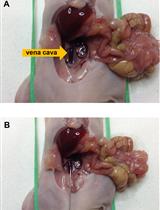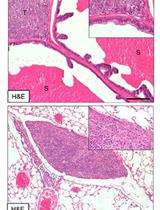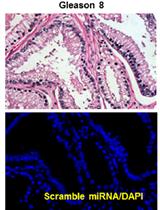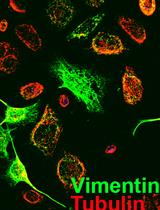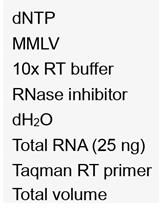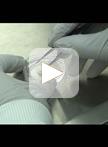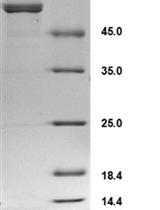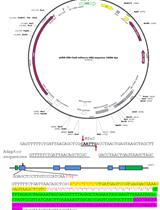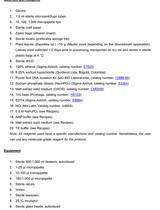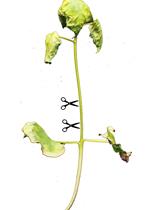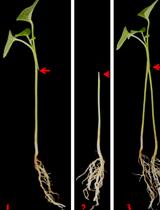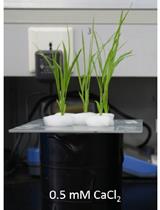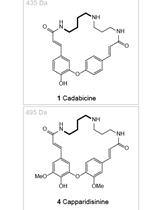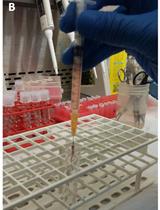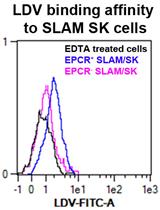- Submit a Protocol
- Receive Our Alerts
- EN
- Protocols
- Articles and Issues
- About
- Become a Reviewer
Past Issue in 2017
Volume: 7, Issue: 4
Cancer Biology
Protocol for Murine/Mouse Platelets Isolation and Their Reintroduction in vivo
A Murine Orthotopic Allograft to Model Prostate Cancer Growth and Metastasis
In situ Hybridization (ISH) and Quantum Dots (QD) of miRNAs
Analysis of Cancer Stromal Reaction Using an O-ring Co-culture Assay
miRNA Characterization from the Extracellular Vesicles
Cell Biology
Quantitative Analysis of Exosome Secretion Rates of Single Cells
Microbiology
Expression and Purification of Cyanobacterial Circadian Clock Protein KaiC and Determination of Its Auto-phosphatase Activity
Molecular Biology
Production of Guide RNAs in vitro and in vivo for CRISPR Using Ribozymes and RNA Polymerase II Promoters
Plant Science
Automatic Quantification of the Number of Intracellular Compartments in Arabidopsis thaliana Root Cells
Endophytic Microbial Community DNA Extraction from the Plant Phyllosphere
Penetration Assays, Fungal Recovery and Pathogenicity Assays for Verticillium dahliae
Establishment of New Split-root System by Grafting
Rice Root Organic Acid Efflux Measurement by Using Ion Chromatography
Chromatographic Separation of the Codonocarpine Type Alkaloids from the Root Bark of Capparis decidua
Stem Cell
Adhesion Assay for Murine Bone Marrow Hematopoietic Stem Cells
VLA-4 Affinity Assay for Murine Bone Marrow-derived Hematopoietic Stem Cells


